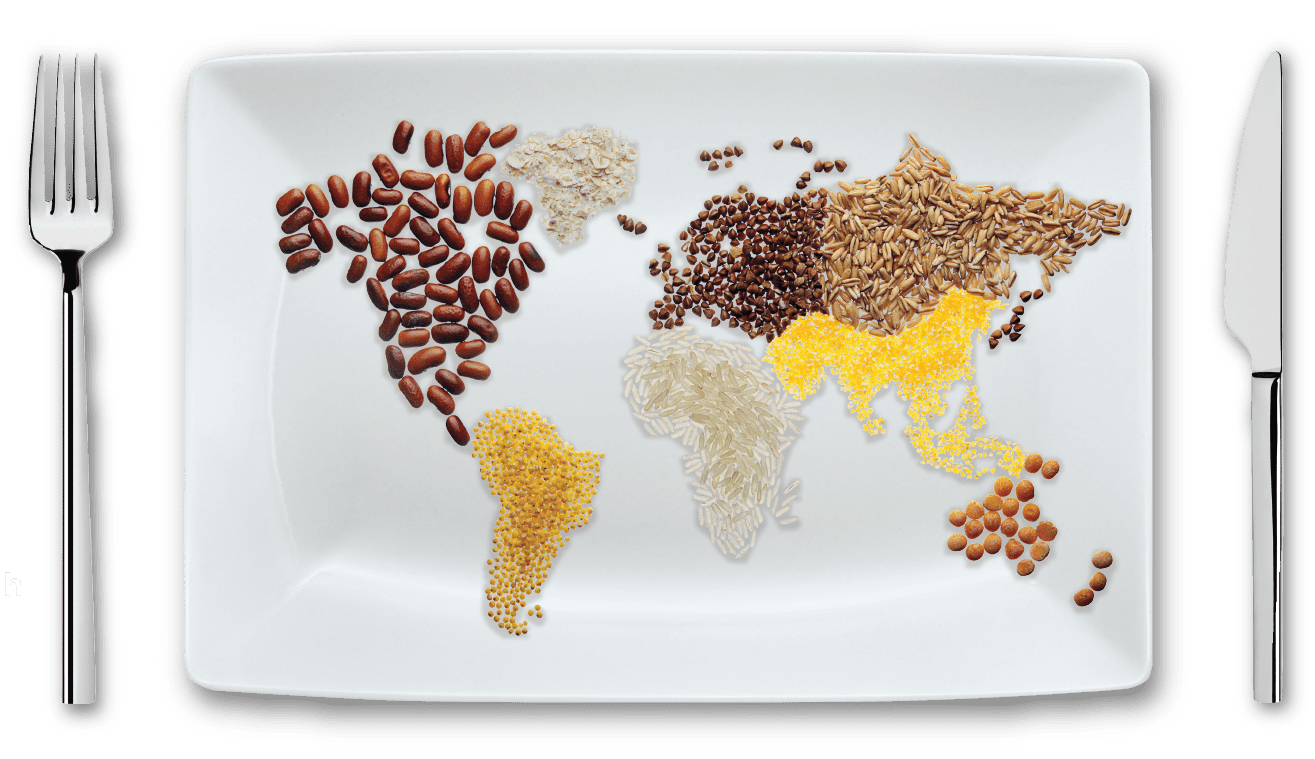Download our 2018 FNCE® trends report here.
More than 13,000 nutrition professionals and food industry executives recently gathered in Washington D.C. for the annual Food and Nutrition Conference and Expo (FNCE®) hosted by the Academy of Nutrition and Dietetics. Ketchum’s registered dietitians were on site, attending educational sessions, learning about new research and scouring the exhibit hall for new products and resources.
Here are the team’s top trends from FNCE:
Protein Everything:
We’ve seen protein content continue to be touted on front of pack, and now it has become part of the identity of new foods and beverages. With Cold Brew Protein, it appears we have hit “peak protein.”
Powered by Plants:
Sometimes highlighting protein content, like plant-based pasta (made of legumes like lentils and chickpeas), and sometimes positioned as a meat alternative (to burgers, sausage, etc.) or a dairy alternative (including nut-based coffee creamers), plants were plentiful at FNCE.
Sights on Seeds:
Vegetables, nuts, legumes, and soy products are the typical the plant-protein sources, but a number of products on the Expo floor featured protein from seeds, with extruded sunflower seeds touted as having a texture similar to beef.
The Name Game:
Over the past few years, we’ve seen non-dairy beverage alternatives labeled as milk and cauliflower prepared as “rice” and “steak.” New challengers to the traditional identity are chick’n, referring to a plant-based, meat alternative, and a sweet potato “toast” product that can serve as an alternate vehicle for spreads like peanut butter and other typical bread toppers.
Claim Clutter:
Organic and natural continued to be the most common claims on food and beverage packages, but were often joined by diet/lifestyle qualifiers like keto-, whole 30-, FODMAP- and Paleo-friendly.
Emerging Ingredients, Emerging Science:
Dozens of products – from beverages, to cereals, to desserts – highlighted the benefits of ingredient additions before their efficacy in the diet have been established, including collagen for skin and hair health and prebiotics and probiotics for gut microbiome health.
First Foods Focus:
Multiple educational sessions were centered around baby feeding approaches, such as baby-led weaning, with a number of exhibitors offering tools, resources and options for the introduction of first foods, including allergens.
Dietitian Debate:
The tension that has been brewing on social media between weight management-focused professionals and those who advocate for an intuitive eating approach played out live throughout the conference, with the latter wearing HAES (Health At Every Size) buttons.
Following FODMAP:
Two FNCE®’s ago, there were only two brands on the Expo floor promoting products low in FODMAPs (an acronym for Fermentable Oligo-, Di-, Mono-saccharides and Polyols, short-chain carbohydrates that can cause GI distress in some people). This year, there were dozens of options – snack bars, sauces, dressing, seasonings, salsa, bars, olive oil, and more – with GI health indicators on pack and resources for identifying and tracking FODMAPs.
Diversifying Dietetics:
Efforts are being made to diversify the profession and practice, from practitioner-driven discussions about how the experts who steer others toward optimal health should better reflect the communities they serve, to patient populations being researched (e.g. transgender individuals).
Cannabis Conversations:
Nutrition professionals are getting serious about becoming cannabis competent, with sessions on how to approach evidence-based conversations with patients and health care practitioners on the appropriate use of medical cannabis. This includes administration methods, proper timing and dosing, access, and the medical conditions implicated in use.




